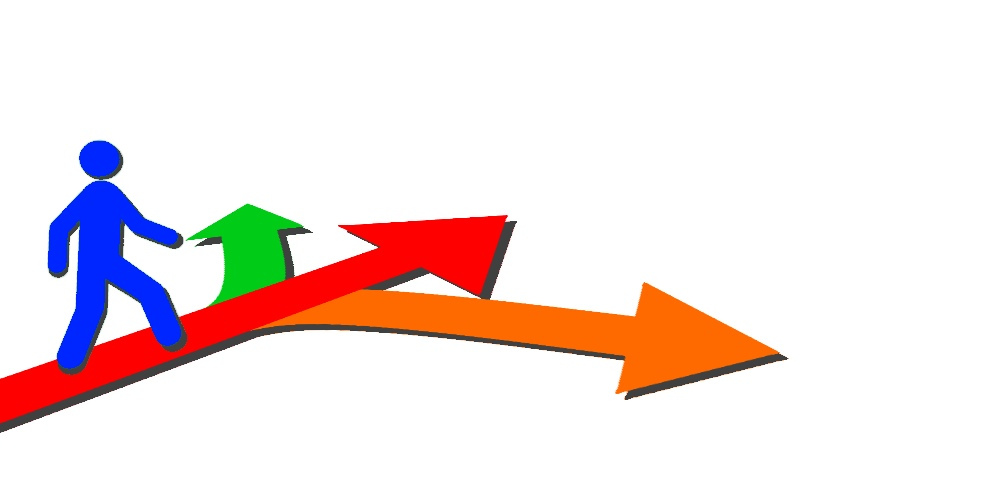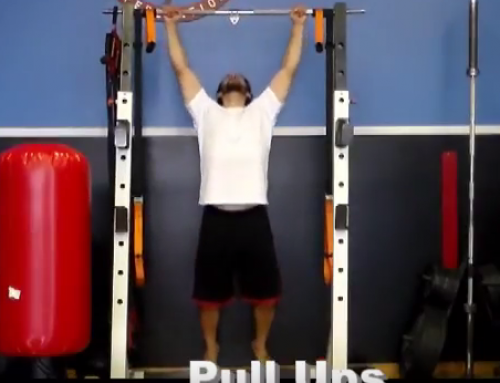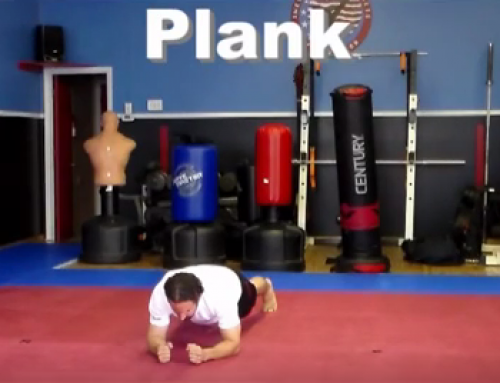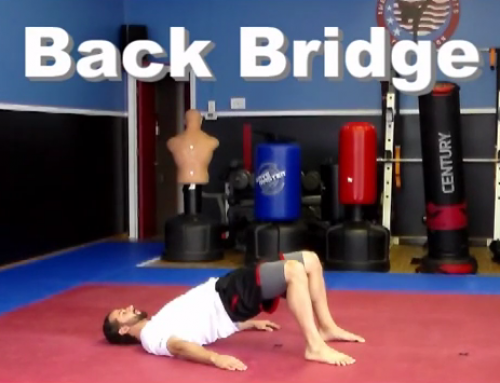Choices, choices, choices.
So you’ve popped out of bed, had yourself a healthy and delicious breakfast, put on your best new spandex outfit, complete with leg warmers and headband and are standing in the middle of the gym wondering, why are there nine different machines dedicated to chest press, and which one should I use? Ok, so maybe you’re more like me and have fallen out of bed after smashing your alarm clock, forgot to brush your teeth and comb your hair so popped a mint and put on hat and grabbed the first clothing you could find that didn’t reek of odor. Nonetheless, here we stand in the middle of the gym staring down barbells, dumbbells, cable machines, resistance bands, multiple variations of machines using plates, pins and dials. Which should you use? And does it matter?
Let’s face it, the gym can be quite intimidating upon first arrival. Even for myself, I’ve stood and stared at a new piece of equipment with a befuddled look on my face and scratching my head trying to figure out what it is and how it works, and I’m supposed to be the expert! While I can’t explain every piece of equipment in detail in just one article, I can give you a brief overview and help lower the intimidation factor of the gym and equipment. I can’t, however, lower the intimidation factor of the large hairy man in the corner lifting what seems to be half the weights in the gym on one bar and grunting uncontrollably and howling in between sets to pump himself up. He will forever befuddle all of us.
Free Weights ““ Dumbbells, medicine balls, miscellaneous
I’m starting with free weights as they are by far the most useful equipment in the gym for most everyone. They are small, quickly swapped out, and can be used to add resistance to nearly any exercise.
Resistance type: All free weights tend to follow the same style of resistance (with few exceptions), they are at the heaviest and hardest to lift at the very beginning of the lifting motion and become easier/lighter at the end of the lifting motion.
Pros: Adaptable to most any exercise. There are essentially no fixed joints, so they entire body has to work to accomplish the task at hand, which means recruiting more muscles to do the task at hand and burning more calories. If all you had were dumbbells, you’d have an excellent workout ahead of you!
Cons: They can be dangerous. If you don’t know how to use them (or perform the exercise correctly), you’re setting yourself up for injury. It takes a considerable amount of time to learn how to use free weights safely. Seek a professional on proper technique and practice the technique with very light weights for an extended amount of time before attempting larger weights.
Free Weights ““ Barbells, benches and racks
Pros Cons and resistance type: Most everything listed above with the dumbbells can be applied here as well, however, it is important to note that there a couple additional notes to think about when using barbells, as they are not the exact same exercise as it’s dumbbell counterparts.
First and foremost, make sure you have clips to secure the plates to the barbells. Most people, especially when starting out, are not balanced evenly with symmetry of the body. One side is almost always stronger than the other. This leads to the barbell leaning slightly (or not so slightly) to one side. This, in turn, allows the plates to slide right off the barbell in the middle of an exercise! Not just dangerous for you, but for the people standing next to you!
Secondly, technically speaking, doing the exact same exercise with a barbell that you did with a dumbbell, is not the same. There is an additional force being applied when barbells are in play, and that additional force equals a different set of muscle groups being activated. Let’s take the typical chest press exercise for example. With dumbbells, you hold them in each hand at chest level directly above your elbows and then press them upward and inward, keeping the weights directly over your elbows through the entire movement. For the Barbell however, your arms are not allowed to move as your grip is fixed in one location. So with the barbell, when you press the bar up from your chest, the force doesn’t just go up, it also goes outward as your hands will eventually press past your elbows. Therefore, you now disperse some of the exercise that was primarily on your chest muscles, and now its being split more with your triceps and taking some of the resistance away from your chest. Also note that since your grip is fixed on a bar, it doesn’t require as much stabilization from surrounding muscles as it does with dumbbells. For most people, this is a minor issue, not one to worry about, but for those looking to tweak their workout to get the most out of it, this is one great area to tweak to help get past plateau’s!
Free weight leverage Machines
These are the pieces of equipment that look like a machine but make use of free weight plates. Most Leg press and Hack machines are these types of machines.
Resistance type: These follow the same resistance style of all free weights, start heavy at the beginning of the lifting motion, and then get easier at the end of the motion.
Pros: These machines have the resistance style of a free weight, and the safety of a machine. These machines are fairly simple to understand and to perform. Machines isolate the muscle groups being used, typically you can do more weight on these machines than you can with its dumbbell/barbell counterparts. The fixed joint of the machine makes it difficult to do the exercise wrong…though many have found ways…
Cons: While the fixed joint that machines have makes it easier to understand and safer, it also removes much of the exercise and muscles used. The stabilizer muscles that are needed for the exercise with free weights are no longer needed as the machine is now stabilizing the joint for you. This is great for isolating a muscle group, but not so great for an overall workout.
Fixed Cable machines
These are the typical machines you tend to see in every gym scattered across the floor, generally the first pieces of equipment you see. And for good reason, they are the easiest to understand and the safest. These types of machines have cables that connect the lever/grip/pad to a set of rectangular plates that can be adjusted by a pin to increase or decrease the resistance.
Resistance type: The resistance type on these are consistent from beginning to end of the lifting motion as the weight itself is always in a fixed plane moving upward against gravity.
Pros and Cons: The pros and cons of these machines follow the same as the Free weight leverage machines.
An additional note when it comes to all machines with fixed joints, some of these machines should be done in moderation or with proper guidance from a professional. One must make sure to line up the joint of the machine with the joint of the body part you are exercising. Also, understand that some of these machines don’t provide natural movement and can be potentially dangerous to do on a regular basis, or at all in some cases. Machines such as the leg extension machine and the seated hip abductor/adductor machines are widely looked at as the least useful, and possibly even dangerous, machines in the gym.
Free motion Cable and Pulley Machines
These machines are similar to the fixed joint machines in the way the weights are set up, but there is no fixed joint, just a pulley system that usually has multiple grip attachments. Some of which can even be adjusted to move the pulley from low to high to create resistance from multiple different locations.
Resistance type: The resistance style is the same as fixed joint machines.
Pros: Much like the fixed joint machines, these are fairly safe machines to use. Most are quite adjustable to create resistance for nearly any exercise you can think of.
Cons: Much like free weights, one must take the time to learn technique and how to use the machine before making much use of it. While they are generally safer than free weights, there is still a chance for injury if you don’t perform the exercises properly.
Resistance bands
Most resistance bands have handles on each side of an elastic band, however, there can be many different variations, the one constant is the elastic band. Each band has a different resistance to it. Typically the lighter colored bands such as yellow or green are the lighter resistance bands. The blue, red and black are typically the heavier resistance bands.
Resistance type: The resistance on these bands starts light and gets more difficult through the exercise motion as the band stretches.
Pros: Resistance bands are cheap and easy to use and fairly safe. They are adaptable as well as they can be used with most any exercise.
Cons: Like with the pulley machines and free weights, one must learn how to use them to make much use of them, they aren’t self explanatory. They are prone to breaking/snapping. While they don’t typically injure when they break, it can still sting a bit on the snap back!
Specialty Equipment
Specialty equipment is equipment such as Stability balls, BOSU balls, Foam rollors, and Wheel rollers (just to name a few).
Resistance type: Varies.
Pros: These items can greatly increase basic exercises to make them either easier for those just starting out, or more difficult for those that are more advanced.
Cons: It takes considerable amount of time and learning to fully understand most of this equipment as some of them are limited on their use and the use is not always apparent. Misuse can lead to injury, but mostly just bruised egos.
As you can tell, there is a ton of exercise equipment out there, and all have both positives and negatives to them. For those looking for general fitness, I highly suggest making use of all of them. It will take some time to learn them all, but in the end, it will give the best results. If you are just starting out, and have no guidance, jump right to the fixed joint machines. They aren’t the best for workouts, but they are the safest and easiest to learn. From there, apply the basic motions those machines provide you to dumbbells. Start with lighter weights while you perfect your technique, knowing that swinging and swaying, rolled backs and shortened motions should not happen. Then apply those dumbbell exercises to some barbell exercises. From there, move on to the pulley machines, resistance bands and specialty equipment. As I’ve stated before, I highly suggest seeking out a professional trainer. They aren’t as expensive as you might think and the good ones will help you understand the equipment, teach you proper technique and even help you with your cardio and nutrition outside of the gym.







Leave A Comment